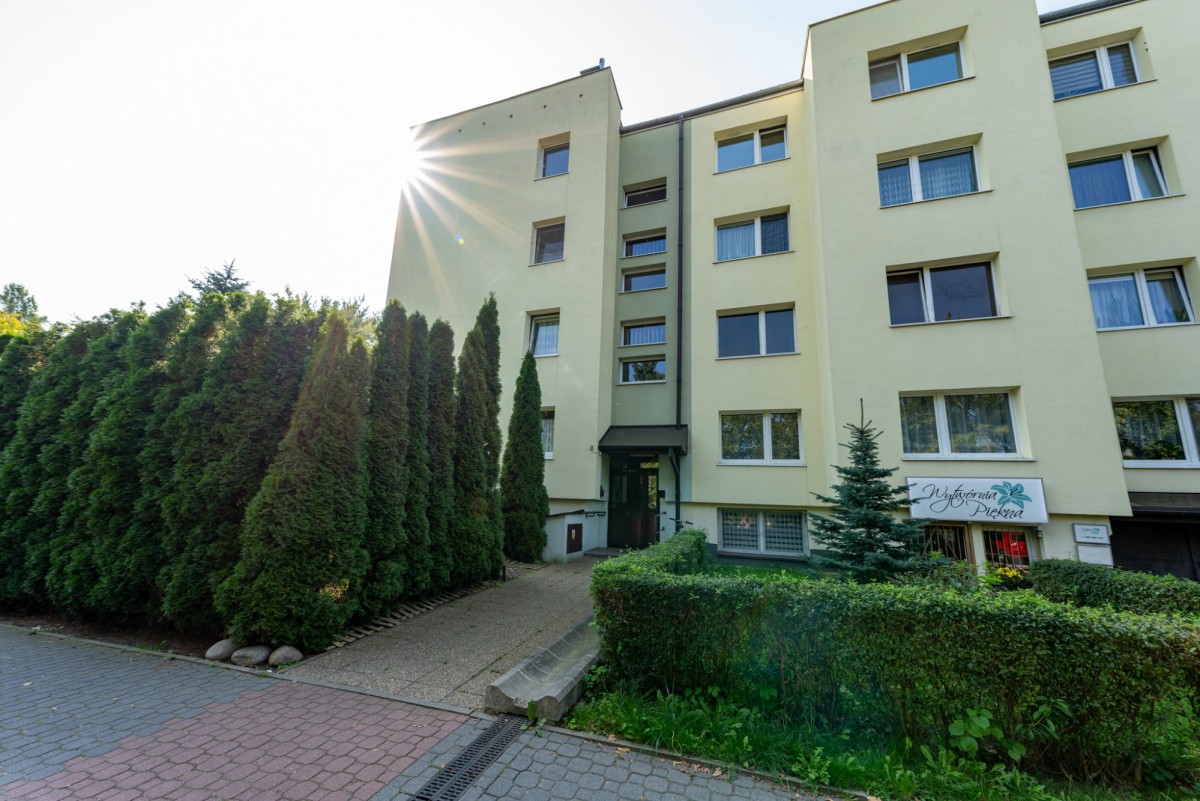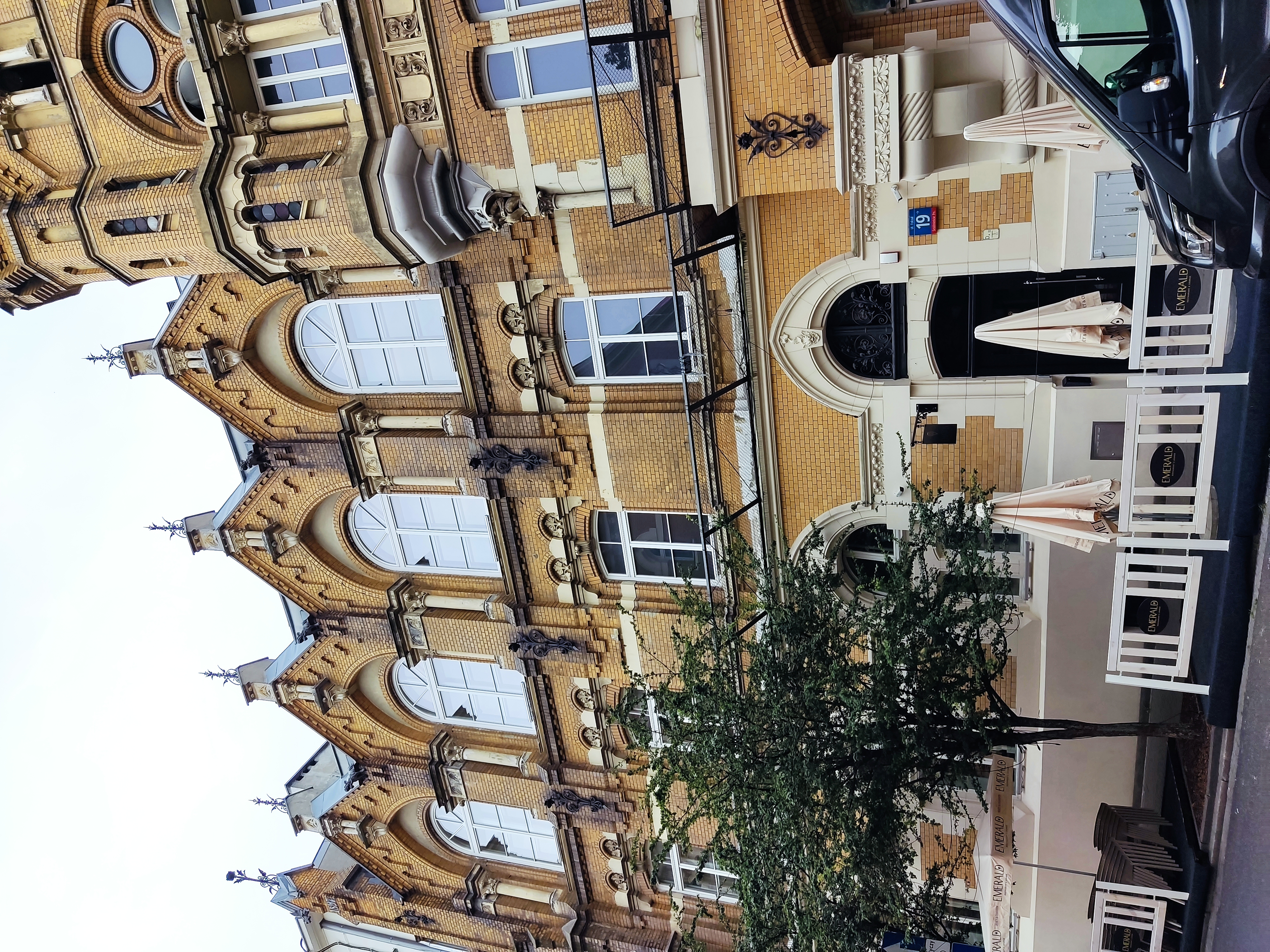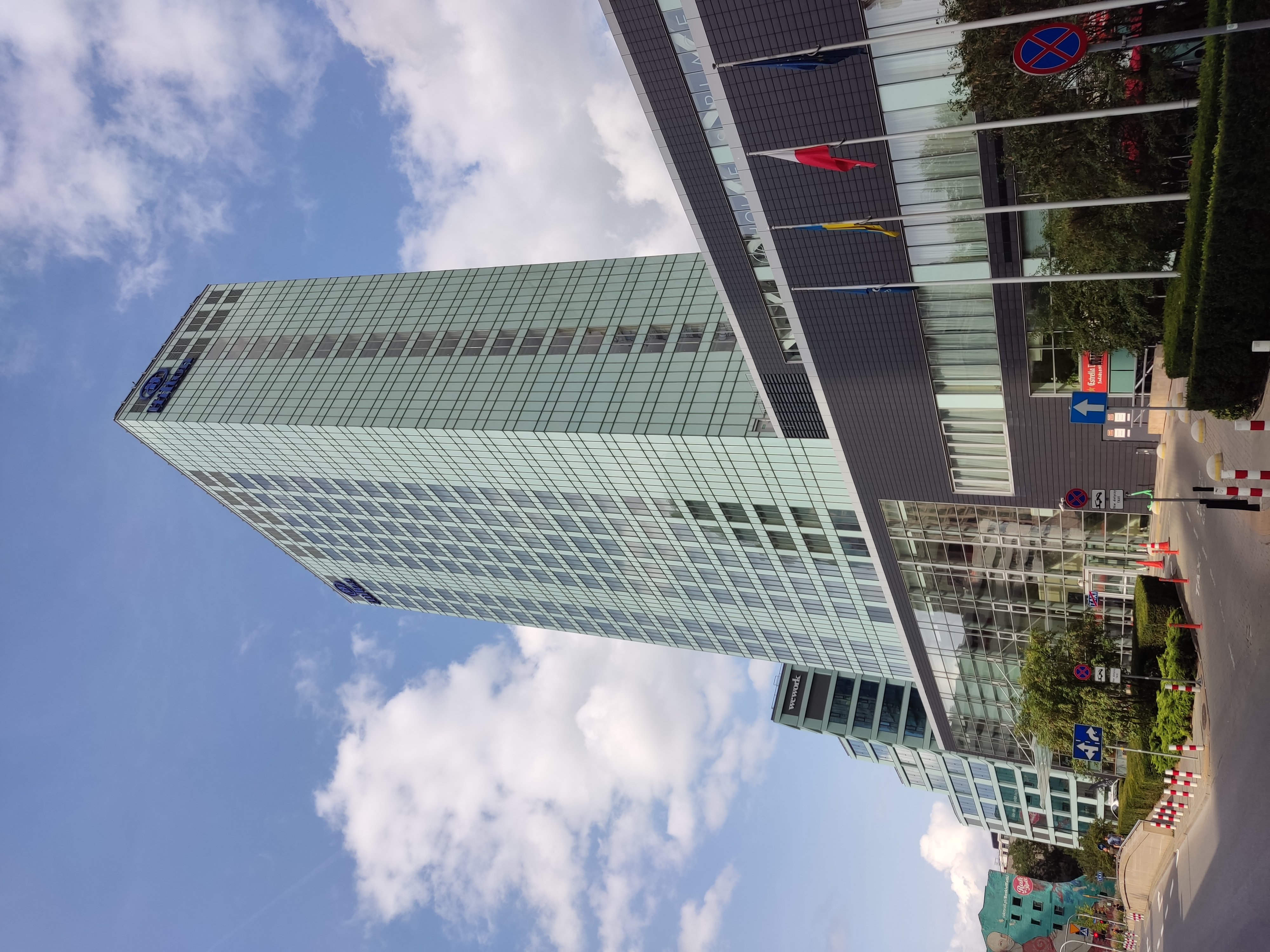Mokotow. Microdistrict (obszar) „Augustówka” (Augustówka)

Mokotow. Microdistrict (obszar) „Augustówka” (Augustówka)
Augustówka is one of 12 neighborhoods in Mokotowa. The boundaries of the Augustówka microdistrict are determined as follows: The axis of the planned route Siekierkowskiej - Wolicka (up to the height of the garden plots) - along the western shore of Lake Czerniakowskiego - Jeziorka - Okrężna - Rymanowska - Augustówka, Zawodzie, the Wilanówka river, the Vistula flow in a northerly direction to the height of the Nowa Ulga na canal Pradze (along the border of the commune); northern border of the Augustówka microdistrict: from the Wisły stream (border of the Mokotów/Wawer districts) – Siekierkowski bridge - al. J. Becka – to the eastern border of the Czerniaków microdistrict.
Augustówka is one of 12 neighborhoods in Mokotowa. The boundaries of the Augustówka microdistrict are determined as follows: The axis of the planned route Siekierkowskiej - Wolicka (up to the height of the garden plots) - along the western shore of Lake Czerniakowskiego - Jeziorka - Okrężna - Rymanowska - Augustówka, Zawodzie, the Wilanówka river, the Vistula flow in a northerly direction to the height of the Nowa Ulga na canal Pradze (along the border of the commune); northern border of the Augustówka microdistrict: from the Wisły stream (border of the Mokotów/Wawer districts) – Siekierkowski bridge - al. J. Becka – to the eastern border of the Czerniaków microdistrict.
On the territory of Augustówki several zones of different nature can be distinguished:
• Production and technical area on Augustówka street and in the north on Trasie Siekierkowskiej. It is lined with heavy industrial buildings, including the Siekierki power plant.
• Residential area in the eastern part. The eastern part of Augustówki consists of single-family houses, as well as green areas consisting of garden plots and fields.
• Open lands, vegetable gardens and degraded agricultural lands (fields, ponds, meadows, wastelands) in the eastern part. It also includes the Czerniakowskie and Wilanowskie oxbow lakes near the Vistula River, which are part of the territory known as the Siekierki Arc.
• Undeveloped areas along Trasy Siekierkowskiej, containing the area after the military base, as well as a gravel pit and dumps of soil and rubble.
Augustówka, Łuk Siekierkowski and surrounding areas are an area of natural interest, containing oxbow lakes with lakes Czerniakowskim, Sielanka, Wilanowskim, as well as a winding depression running from the fort “Augustówka” to the mouth of the Wilanówka River at its confluence with the Vistula. On the territory of Augustowka there is the largest thermal power plant in Poland - Elektrociepłownia Siekierki.
New investments are currently being completed in the Augustówka area on Santockiej Street.

Sports enthusiasts living in the Augustówka area have many opportunities to exercise outdoors - there is no shortage of parks and bike paths. The headquarters of fitness clubs are located here. On Santockiej Street there is the Hubert Stable (Stajnia Hubert), where you can improve your riding skills.
Shopping in the Augustówka area can be done in local shops. The disadvantages of the area include poor transport links and the lack of educational institutions.
Attractions Augustówki
- Elektrociepłownia Siekierki (CHP Siekierki) is the second largest in Europe. Located in Warsaw, Augustówka Street 30. Commissioned in 1961.
- Fort X ("Augustówka", "Siekierki") - one of the forts of the outer ring of the Warsaw Fortress, built in the 80s of the 19th century. The fort took the form of an earthen two-shaft battery surrounded by a wet ditch. The fortification covered the Vistula valley. In 1913, as part of the liquidation of the fortress, some of the elements of the fort were destroyed. In 1939, Polish troops defended the fort, and in 1944, German troops. After the war, a military shooting range was built on its territory. Currently, the remains of the fort can be easily seen from Trasy Siekierkowskiej, during the construction of which the fortification area was put in order, but without using its qualities as a monument.
- A very attractive and popular place in the Augustówka area is Lake Czerniakowskie (Jeziorko Czerniakowskie), an oxbow lake of the Vistula River, a nature conservation site. There is a swimming area on the southwestern shore, and in winter Jeziorko Czerniakowskie is popular with walruses. There is a walking trail around the lake.
- On Lake Czerniakowski in the Augustówka area there is the Ustronie manor (Dworek Ustronie), built in the 19th century. This is one of the few surviving estates in Warsaw. The estate is in private hands and performs residential functions. It is made of wood and has a hip roof covered with tiles.
History of Augustówki
Between 1883 and 1890, Fort X was built within the modern boundaries of Augustowów as part of a series of Warsaw Fortress fortifications built around Warsaw by the Russian Empire. In 1909, it was decided to decommission and demolish the fortifications of the Warsaw Fortress due to the high costs of maintaining them, so Fort X was partially demolished in 1913.
By 1900, Augustówka was a small village located in the gmina (municipality) of Wilanów, Warsaw County.
Since 1933, Augustówka functioned as one of 13 communities.
In 1939, during World War II, the Polish military used the ruins of Fort X as a defensive position against the advancing Wehrmacht forces of Nazi Germany.
In 1943, 482 residents lived in the village.
In 1944, Wehrmacht forces used the ruins of Fort X to defend against the Red Army of the Soviet Union. After the war, this area was used as a military shooting range.
On May 15, 1951, the municipality of Wilanów, including Augustówka, was incorporated into the city of Warsaw.
In 1961, Elektrociepłownia Siekierki was opened in Augustówkie.
Blog



An address sign on the house is required
An address sign on the house is required





